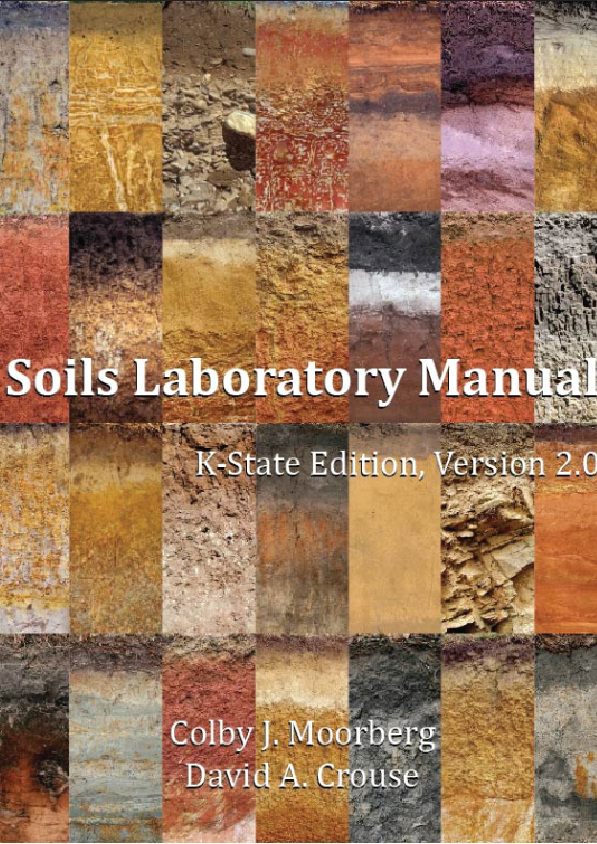Proper safety precautions are essential for any laboratory or fieldwork in soil science, and the first step towards ensuring safety for all students and instructors is to review the potential hazards, safety equipment, and procedures for the Soils Teaching Lab. In addition, a thorough understanding of the structure of this laboratory manual, and instructor expectations is essential for student success.
- All students must exercise proper safety precautions in the laboratory. The safety guidelines below will be reviewed during the first lab period and as required during the semester.
- Food and drink are not allowed in the Agronomy 305 teaching laboratory.
- In the event of a fire alarm, the class will make an orderly exit of the laboratory, calmly proceed down the hall to the exit near the loading dock, and regroup on the loading dock parking lot.
- The emergency shower is on the east side of the laboratory near the bookshelf.
- Eyewashes are on the east side of the laboratory near the bookshelf.
- Sandals, flip-flops, and other open-toed shoes that do not fully cover the foot are not acceptable footwear for Agronomy 305 labs activities and field trips.
- Shorts, mini-skirts and other clothing that not fully covering the leg above the knee are not allowed for Agronomy
Soil science, as with any science, involves collection and interpretation of data. In order to appropriately record and interpret data in this course, students must have a fundamental understanding of unit conversions and chemistry. This lab will review some of the major concepts that are essential for success in Soils.
Dimensional Analysis
Quite often, our measurements are not in the same units in which we wish to express our results. However, converting from one measurement to another is not difficult with the correct conversion factors. The key is appreciating that different units can be used to express the same amount. Calling a sofa by another name like couch does not change anything about that piece of furniture, nor does expressing a person’s height in in instead of feet make them any taller or shorter. So by changing units, we do not change the amount, just the name we use to express that amount.
This is based on the principle that if we multiply any number by one, it does not change the number. For instance, we know that one hour is equal to 60 minutes, and that one minute is equal to 60 seconds. Consider the following fraction:
We know that this fraction reduces to one because the top (the numerator) is equal to the bottom (the denominator). However, we know that 60 minutes is equal to one hour. So we could write the fraction:
While the numerical value of this fraction is 60, the amount of time represented in both the numerator and denominator are equal, and this fraction is, in a sense, equal to one. We use this concept, most likely without thinking about it, when we convert certain quantities in our head. If told that something will take about two hours, we can immediately convert this in our head to 120 minutes. Or if we need to be somewhere in half an hour, we can convert this to 30 minutes in our head without much effort. If we do think about it, however, we would recognize that the method used to make this conversion can be used to complete more complicated conversions that we cannot perform in our head.











